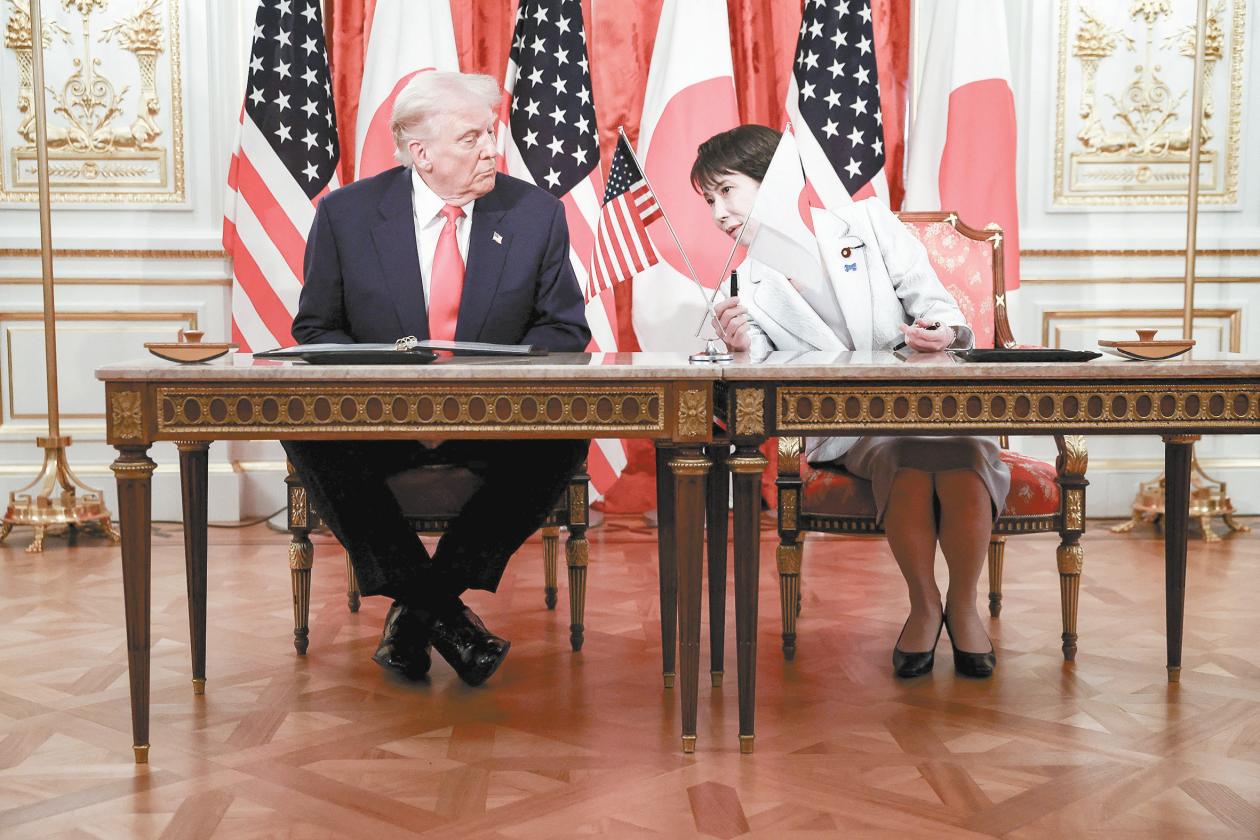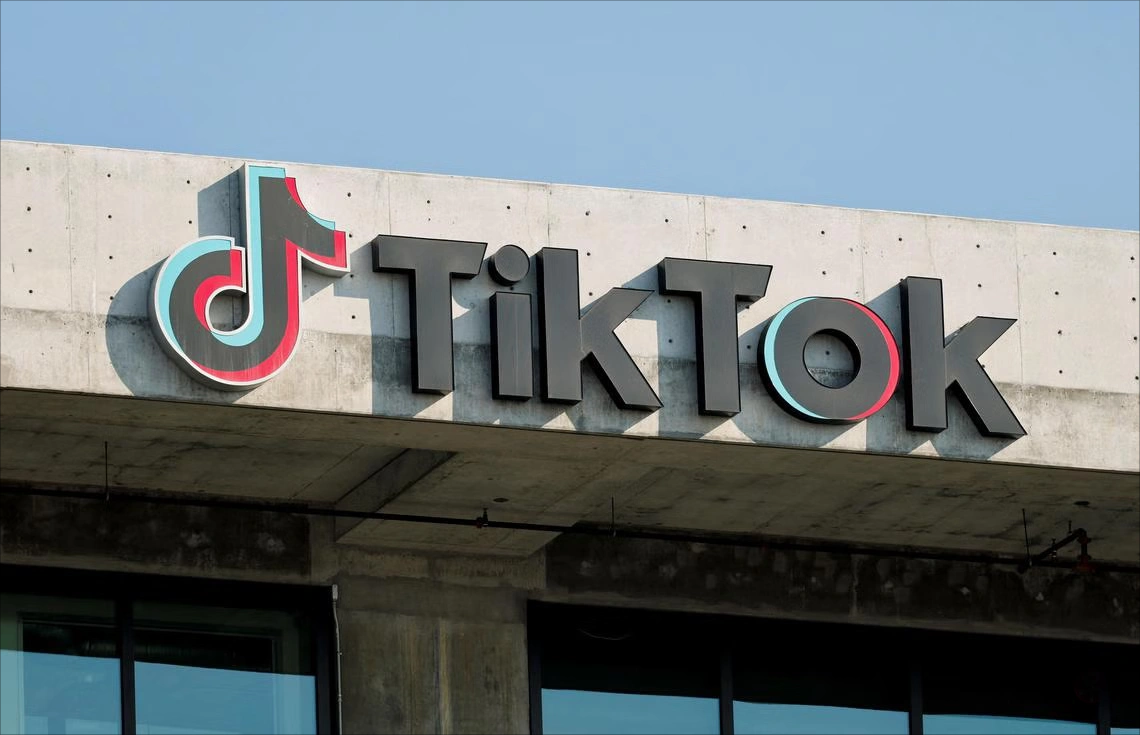
In October 2025, U.S. President Trump's Asian tour drew global attention. During his visit to Tokyo, he signed two crucial agreements with Japanese Prime Minister Takae Sanae in his signature overbearing manner: one involved a $490 billion investment cooperation, and the other focused on the development of rare earth resources. Behind this seemingly win-win signing ceremony, there were actually hidden intentions of the United States and Japan to deeply restructure the global supply chain, as well as complex games in the areas of tariffs and resource security.
I. The Framework of the Tariff Agreement: A Fragile Balance of Mutual Needs between the US and Japan
Although Trump did not directly sign a tariff reduction agreement during this trip, Japan secured the "green light" for U.S. investment in Japanese companies by promising to raise its defense spending to 3.5% of GDP. This figure far exceeds the 2% standard set by NATO, placing significant pressure on Japan's finances. However, the Japanese government still chose to compromise, with its core demand being to break through the trade barriers dominated by the United States.
U.S. Secretary of Commerce Lutnick stated bluntly at the signing ceremony, "Although the 490billioninvestmentagreementhasnotbrokenthroughthe500 billion mark, it has achieved its goal." This capital will be concentrated in the fields of energy, nuclear energy, and semiconductors, forming an "economic Great Wall" for technological blockade against China. For example, Toshiba of Japan plans to cooperate with General Electric of the United States to build a new generation of nuclear reactors in Georgia, with a total project investment of $12 billion, of which the Japanese government provides a 30% financing guarantee.
However, this "market-for-technology" model is full of risks. According to data from Japan's Ministry of Economy, Trade and Industry, in 2024, Japan's export volume of semiconductor equipment to China still accounted for 38% of its total export volume, far higher than the 19% to the United States. If Japan fully sides with the United States, it may lose China, the world's largest semiconductor consumer market. After the signing, Takae Sanae admitted frankly, "We need to find a balance between maintaining the U.S.-Japan alliance and preserving economic independence."
II. The Rare Earth Agreement: Building a Resource Alliance to De-Sinicize
The signing of the U.S.-Japan rare earth agreement marks the official launch of the construction of a "resource-technology-market" closed-loop system by the two countries. According to the agreement, Australia will provide ore, Japan will contribute separation technology, and the United States will output capital. The three parties plan to confirm specific cooperation projects within six months. This division of labor model directly targets China's dominant position in the global rare earth industry chain—China controls 85% of the global rare earth refining capacity and 60% of the battery-grade lithium smelting capacity.
Japan's technological advantages in rare earth processing have become the key to cooperation. Take Lynas Corporation as an example. Its factory in Malaysia has achieved commercial production of dysprosium oxide, with raw materials coming from the Mount Weld mine in Western Australia, while Sumitomo Metal Mining Company of Japan holds the world's most advanced rare earth separation patent technology. The United States and Japan plan to build three rare earth refineries with an annual processing capacity of over 50,000 tons by 2026, attempting to reduce China's market share from the current 85% to below 50%.
However, this goal faces multiple challenges. China Rare Earth Group has launched a "Global Resource Integration Plan," building a supply network covering 45 countries by acquiring mines in Malaysia, Brazil, and other countries. More crucially, the number of patents China holds in the field of rare earth permanent magnet materials is 2.3 times that of Japan, making technological barriers difficult to break through in the short term. A report from the United States Geological Survey admitted, "Even if the U.S.-Japan-Australia alliance builds a complete industrial chain, its production costs will still be 40% higher than those in China."
III. The Geopolitical Chess Game: Trust Rifts and Strategic Games among Allies
Trump's overbearing diplomatic style triggered subtle reactions in Tokyo. At the welcome ceremony, he did not bow to the flags of the two countries as per Japanese custom but walked straight to the American flag to salute, leaving Takae Sanae to complete the ceremonial procedure alone. This detail was interpreted by the Japanese media as "power inequality in the ally relationship."
Deeper contradictions are reflected in the field of defense cooperation. Although Japan has promised to increase its defense spending, there has been a strong wave of opposition domestically. Green Party MP Nick McKim stated bluntly during a parliamentary debate, "The $300 billion nuclear submarine procurement is a waste, and Australia should terminate the 'AUKUS' agreement." This sentiment also exists in Japan—Okinawa Governor Denny Tamaki publicly opposed the expansion of U.S. military bases, believing that "Japan should not become a pawn in the U.S. military containment of China."
At the economic level, Australia's dilemma is more representative. Despite signing a key mineral agreement with the United States, 70% of its iron ore is still exported to China. Australian Treasurer Jim Chalmers said helplessly, "The Chinese economy will continue to be an important source of our growth, and we need to maintain a balance between cooperation with the United States and relations with China." This "economic reliance on China and security reliance on the United States" dual-dependency model is facing severe tests with the restructuring of the global supply chain.
IV. The Future Landscape of the Global Supply Chain
The U.S.-Japan-Australia rare earth alliance attempts to restructure the global industrial order, but China has solidified its defenses through the "dual circulation" strategy. Domestically, China has accelerated the integration of rare earth resources, established the National Rare Earth Functional Materials Innovation Center, and included key elements such as dysprosium and terbium in its strategic reserves. Internationally, it has established resource development cooperation mechanisms with ASEAN and African countries through the "Belt and Road Initiative," forming a diversified supply network.
The essence of this resource game is the deep interweaving of technological revolution and geopolitics. As a report from the Center for Strategic and International Studies in the United States stated, "Key minerals have become a new battlefield for great power competition, but market laws will ultimately play a decisive role." While the U.S.-Japan-Australia alliance is spending huge sums to build a rare earth industrial chain, China has increased the rare earth recycling rate to 95% through technological innovation, and the resilience of the global supply chain is more enduring than any political alliance.
Trump's trip to Tokyo is both a battle for resource security and a stress test of ally relationships. Under the dual shocks of the anti-globalization trend and technological revolution, any attempt to reshape market logic through political means may turn into a "neo-mercantilist" illusion of the 21st century.

With $15.82 billion in sales and a 108% year-over-year increase, TikTok's e-commerce performance in the U.S. has undoubtedly shaken the American business world, likely causing Amazon executives to tremble with their coffee cups.
With $15.82 billion in sales and a 108% year-over-year incr…
According to the South Korean media Dealsite, the recent te…
The current geopolitical conflicts around the world are oft…
In 2025, on the international stage, multiple "peace mediat…
A secret visit has opened up a new link between the "Taiwan…
On December 18th, the AI industry witnessed a major year-en…